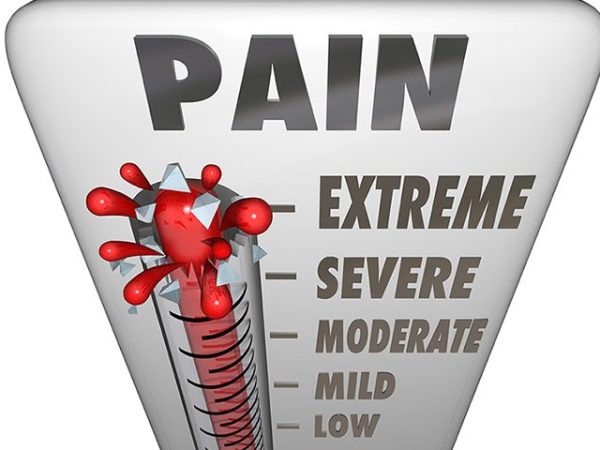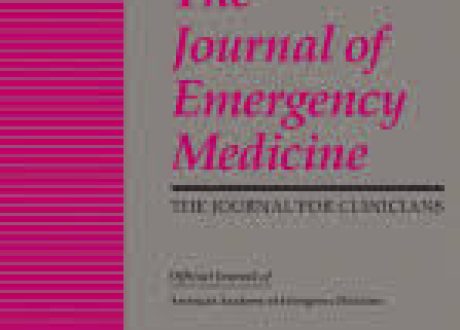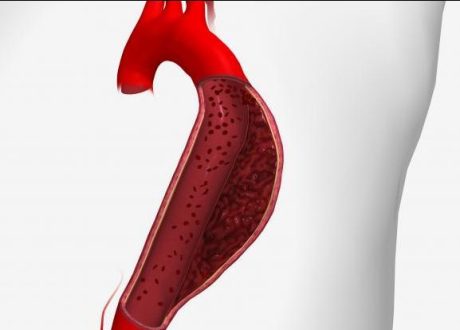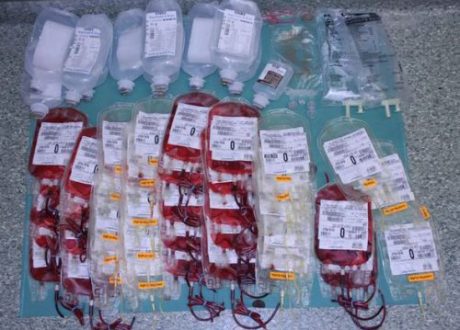Written by Jonathan Brewer
The serratus anterior plane block (SAPB) is an effective alternative for managing acute chest wall pain in the ED.
Block the pain
This clinical review utilized 14 articles (81 patients) to evaluate the utility of SAPB for analgesia. There were a variety of indications, including rib fractures, tube thoracostomy, acute zoster pain, chest wall burns, and “unspecified” chest wall injuries. All cases utilized ropivacaine or bupivacaine as the primary anesthetic agent, but there were differences in technique, with 65 blocks being administered superficial to the serratus anterior muscle and four administered superficial to the ribs. Overall, no complications or adverse events were reported following SAPBs performed by emergency physicians, and success was widely reported. However, it must be kept in mind that most of these articles were case reports and series, so the data are limited.
How does this change my practice?
I am a huge proponent of regional anesthesia in the emergency department. As we continue to stress the importance of controlling pain and the dangers of opiates, nerve blocks are an important adjunct to our practice that can greatly help our patients. While more research will continue to be produced, this article reaffirms my practice of performing SAPB in the ED.
Source
Ultrasound-Guided Serratus Anterior Plane Block for Acute Pain Management in Emergency Medicine: A Systematic Review. J Emerg Med. 2025 Jul;74:13-22. doi: 10.1016/j.jemermed.2025.02.009. Epub 2025 Feb 13. PMID: 40379486









